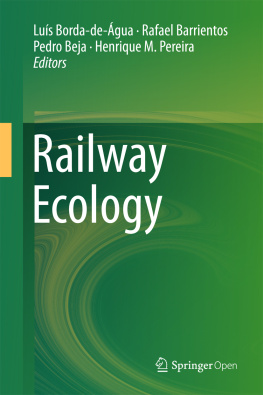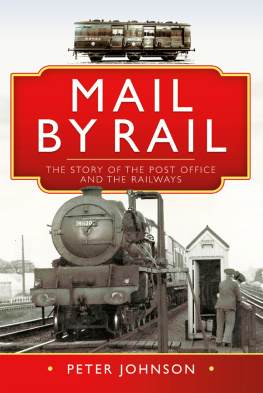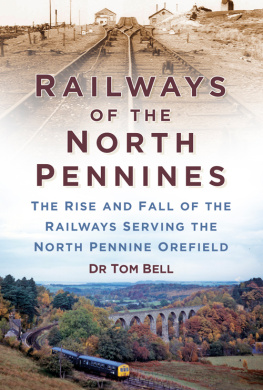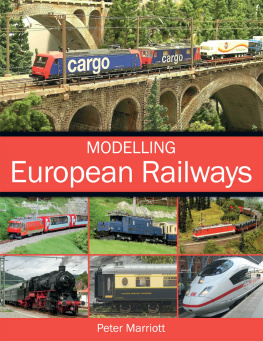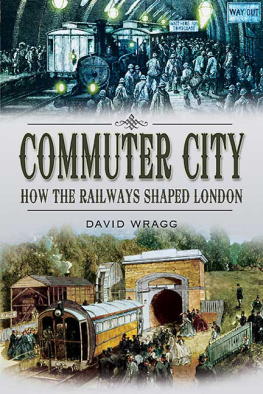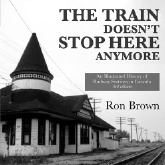Introduction
The most basic definition of a railway is a prepared track which so guides the vehicles running on it that they cannot leave the track (Lewis ).
Since its inception, the technology of rails and trains has evolved considerably. Two main forces have driven this evolution: the reduction of costs and the increase in safety (Shabana et al. ).
Increases in railway safety have also been substantial, not only for passengers, railway workers and freight, but also for the human populations living in the vicinity of the railways (Shabana et al. ), the fatality risk in the period 20082010 measured as the number of fatalities per billion passenger-km is 0.156 to railway passengers and 4.450 for car occupants. In fact, following the same report, transport safety is only surpassed by the airline industry with 0.101 fatalities per billion passenger-km.
Besides economic and safety advantages, there is general agreement that railways have several environmental advantages relative to roads. We highlight two of them: Firstly, railways are less pollutant than roads because the metal-to-metal contact characteristic of railways considerably reduces rolling resistance; thus, a diesel-powered train is more energy efficient than the equivalent number of road vehicles. In addition, an electric-powered train is not a source of direct emissions of greenhouse gases and other air pollutants, and even indirect emissions can be negligible when the electricity is cleanly produced (Chandra and Agarwal ).
More recently, the protection of the habitats crossed by railways and their wildlife has become a main factor to be taken into consideration when designing new railways or maintaining existing ones (Clauzel et al. ). This present book deals with the impacts of railways on biodiversity along four main topics: wildlife mortality; habitat loss and exclusion of species from their habitats; barrier effects; and exotic species invasions and impacts of other environmental disturbances caused by railways.
Although railway ecology shares several characteristics with road ecology, it also has some specificities. For instance, traffic on railways tends to be lower than on roads, but the speed of the vehicles can be much greater. Railway ecology can also benefit from studies on the impacts of power lines, these are present in railways when trains are powered by electricity, but their height is usually lower than that of other power lines. Therefore, although railways share some characteristics with other linear infrastructures, they also have some particularities that warrant independent consideration. In this book we highlight the characteristics that railways share with other linear infrastructures, identify which measures can be applied to railways, and show what makes the impacts of railways unique, as well as the required mitigation measures.
The impacts of railways on wildlife have received less attention than those of roads probably because one of its major impacts, vehicle-animal collisions, is not visible to the general public (Wells et al. ). However, often only the road impacts are highlighted, probably because the road network tends to be more spatially developed than the railway network.
Frequently, roads and railways are coaligned along the same corridor (e.g., Proctor et al. ) found that black bears ( U . americanus ) and cougars ( Puma concolor ) tended to cross a highway along wildlife passes far from railway tracks, while wolves ( Canis lupus ) preferred to use crossing structures close to the railway.
It is important to acknowledge the different ways that roads and railways impact wildlife. We consider the following five to be the most relevant: First (1) Traffic flow is much lower on railways, with several case studies showing that the number of trains moving through railways per unit of time are about 0.21.6% of the number of cars moving through nearby roads (Gerlach and Musolf ), is lower in railways because many trains have electric engines.
Especially interesting for our purposes are the studies comparing railway impacts with those of roads, as they highlight their similarities and differences. These differences and similarities, however, tend to be species-specific. For instance, Gerlach and Musolf () concluded that major highways limited dispersal, whereas railways and power lines corridors acted as dispersal facilitators.
Railways are more environmentally friendly than road vehicle transportation, but this does not mean that their negative impacts should be ignored. Therefore, while acknowledging that there is a wide range of situations where priority should be given to the development of railways, or to the maintenance of existing ones, it is also crucial to take into account the impacts on the habitats transversed by these infrastructures, and on the wildlife populations occurring therein. However, we believe that these impacts can be considerably reduced once they are identified, and once the decision-makers are willing to pursue the required mitigation measures. In the next chapters, we will first review the impacts of railways on biodiversity (mortality, exclusion and barrier effects, introduction and dispersal of exotic species and pollution) and then present several case studies with a view to identifying problems and proposing strategies to mitigate railways negative effects.

